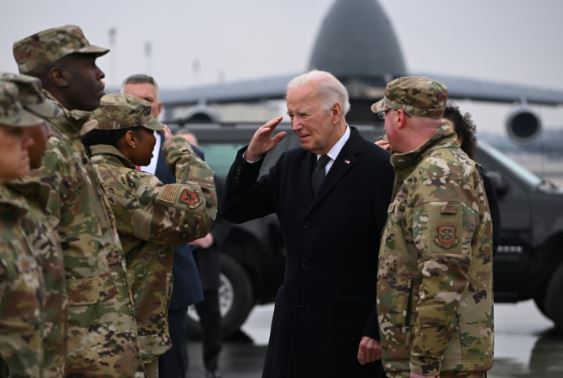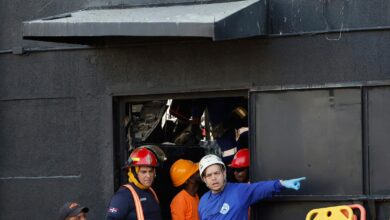U.S. Retaliatory Strikes in Iraq and Syria: A Detailed Overview

In a decisive move, the United States has conducted retaliatory strikes against militant groups in Iraq and Syria. This action comes as a direct response to the increasing aggression against U.S. personnel and interests in the region. Here’s a comprehensive breakdown of the events leading up to the strikes, the execution, and the implications for U.S.-Middle East relations.
The Prelude to Action
The U.S. has been closely monitoring the activities of Iran-backed militia groups in Iraq and Syria, which have been implicated in numerous attacks on American forces and facilities. The tipping point came with a series of aggressive actions against U.S. assets, compelling the Pentagon to take decisive measures to protect its personnel and deter further aggression.
Strategic Strikes Executed
The U.S. military, under the directive of the Department of Defense, launched precision strikes targeting the operational and weapons storage facilities of these militia groups. These facilities were identified as pivotal in planning and executing attacks against U.S. and allied forces. The strikes were designed to cripple the militias’ capabilities without escalating tensions into a full-blown conflict.
Immediate Reactions and Implications
Following the strikes, there has been a mixed reaction from the international community and within the U.S. political spectrum. Some GOP lawmakers have voiced concerns that these measures may not be sufficient to deter future aggression. They argue for a more robust strategy to address the root causes of the hostility and to ensure the safety of American personnel.
Conversely, others caution against escalating military actions, advocating for a balanced approach that includes diplomatic efforts to de-escalate tensions. The U.S. administration has emphasized that the strikes were necessary for self-defense and aimed at preventing further attacks, rather than provoking further conflict.
Looking Forward
The retaliatory strikes mark a significant moment in U.S. engagement in the Middle East, highlighting the ongoing challenges in managing relations with Iran and its proxies. As the situation evolves, the U.S. remains committed to protecting its interests and personnel while navigating the complex geopolitical landscape of the region.
In the aftermath, the international community watches closely, as the actions taken by the U.S. could have far-reaching implications for stability in the Middle East and for the delicate balance of power in the region.
The U.S. administration has made it clear that it will continue to monitor the situation closely and is prepared to take further action if necessary. The ultimate goal remains a stable and secure Middle East, where U.S. personnel and interests are protected without resorting to continuous military engagement.



